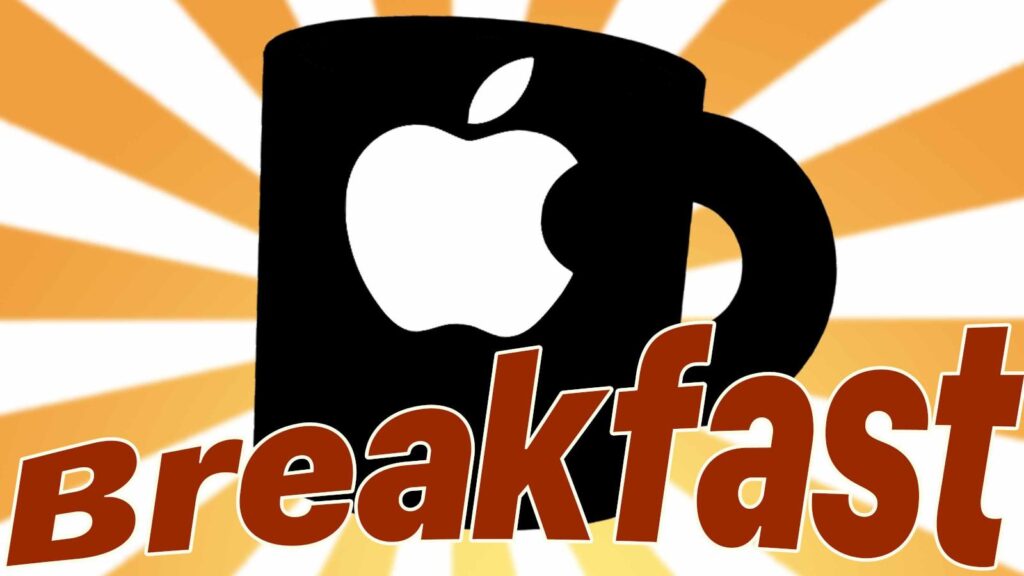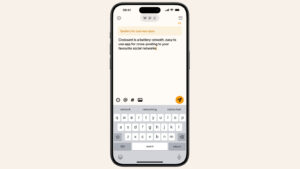It’s time for Apple to retire the iPhone SE

Welcome to our weekly Apple Breakfast column, which includes all the Apple news you missed last week in a handy bite-sized roundup. We call it Apple Breakfast because we think it goes great with a Monday morning cup of coffee or tea, but it’s cool if you want to give it a read during lunch or dinner hours too.
The pointless iPhone
Fun times in the Apple rumorsphere last week, with an explosive iPhone SE 4 report. The upcoming device, the site claims, will be based on a strangely modified iPhone 14 design, bringing an OLED display and Face ID to the low-end line and, while sticking with a single camera, it’ll gain a 48MP camera, USB-C port, and the iPhone 15 Pro’s Action button. That’s a doozy of a budget phone.
It’s very likely, of course, that the report is mistaken, and that Apple’s plans for the fourth SE model are very different. But then again, it’s hard to see any conception for the next SE that makes as much sense as its golden generation from 2020. That device was lucky enough to sit in the window when Apple was switching from the Home button to full-screen phones, and when there were people who missed the old design. That meant the SE could be more than just a budget alternative: it was a link to a still-cherished design past.
But that was 2020. As we saw with the 3rd-gen model last year, there simply aren’t enough Home button nostalgics left to support its own iPhone model—especially at $429—which leaves the SE line in a limbo of irrelevancy. In the absence of a meaningful retro design ethos–in the absence, in other words, of a meaningful design change in the main line–then it becomes simply “the cheap iPhone.” And we already get that from the previous models that Apple keeps on sale for a few years after launch.
There was a time when it was clear who the iPhone SE was for: People who wanted new components in an old handset design and were willing to sacrifice some features for an affordable price. The classic 2nd-gen SE from 2020 was a collection of compromises, but it also promised years of updates and offered things you couldn’t get from the rest of the range, namely a retro design with a Home button and a low price tag. But it’s hard to see how a Frankenstein iPhone XR-14-15-15 Pro outlined above could be sold for significantly less than the iPhone 13, which is still available from Apple’s store for $599.
It’s the same conundrum Apple introduced with the 10th-gen iPad. When Apple unveiled the new model last fall, it brought some head-scratching decisions—chief among them a non-laminated display with Apple Pencil 1 support—and a $449 price tag. As if it knew the price was too high, Apple kept the 9th-gen model around at the same $329 price tag, creating a second “budget” tier between the iPad and the iPad Air that didn’t seem necessary. (Why the 9th-gen iPad isn’t the iPad SE we’ll never know.)
This rumored new SE seems to be the same kind of device. It would almost certainly cost $499, if not $549, and still bring plenty of compromises while also updating a very old design for the modern era. But unless Apple completely stops selling old iPhones, which would create something of an uproar, this new SE would be in an odd position of being too expensive and not premium enough. And if Apple keep selling the current SE for $429, then neither model makes much sense.
Of course, we never actually know what’s going on with Apple’s decision-making process. Who, for example, could have predicted the company would launch a “premium” range of iPhone cases without apparently testing their ability to withstand scratches? But even the most credulous observer would struggle to see the logic of an SE that blends together the past five years of iPhone technology. What’s the purpose of selling an SE based on the iPhone 14 alongside an actual iPhone 14? Who would be expected to buy it?
Mind you, there is one option Apple could try, one discontinued iPhone model that a vocal minority regularly tells us they miss: The iPhone mini. It might not sell many units, but it would certainly fit nicely in our pockets. And it truly would be special.
Foundry
Trending: Top stories
Why is the iPhone so successful? It’s simple.
Well, here’s another FineWoven mess Apple’s gotten into. Apple’s new iPhone cases are not a hit.
Alternatively, if you want to save the planet, you might have to live with a crap iPhone case.
The iPhone 15 Pro is easier to repair—as long as Apple is the one fixing it.
Podcast of the week
We’ve got our hands on Apple’s new iPhone, and we talk about reasons why you should–and shouldn’t–buy one.
You can catch every episode of the Macworld Podcast on Spotify, Soundcloud, the Podcasts app, or our own site.
Reviews corner
Our reviews of the new Apple products are starting to land!
iPhone 15 Pro Max review: Apple’s best, boringest iPhone
The rumor mill
The iPhone 16 might jump straight to the A18 chip next year as Apple splits its iPhone chips into Mac-like tiers.
Will new M3 Macs save us from Apple’s dull October?
Software updates, bugs, and problems
Roman Loyola reveals everything you need to know about the new features in Safari 17.
The iPhone 15 Pro’s overheating issues may have been explained… and a fix is on the way.
Apple has offered two possible fixes for watchOS 10 Weather app complication woes.
macOS Sonoma features an unexpected battery fix for the 13-inch MacBook Air.
And beyond that… macOS Sonoma 14.1 beta is already available with a fix for Remote Widgets.
iOS 17.0.2, meanwhile, fixes a setup transfer bug.
And with that, we’re done for this week’s Apple Breakfast. If you’d like to get regular roundups, sign up for our newsletters. You can also follow us on Facebook, Threads, or Twitter for discussion of breaking Apple news stories. See you next Monday, and stay Appley.
Apple Inc




